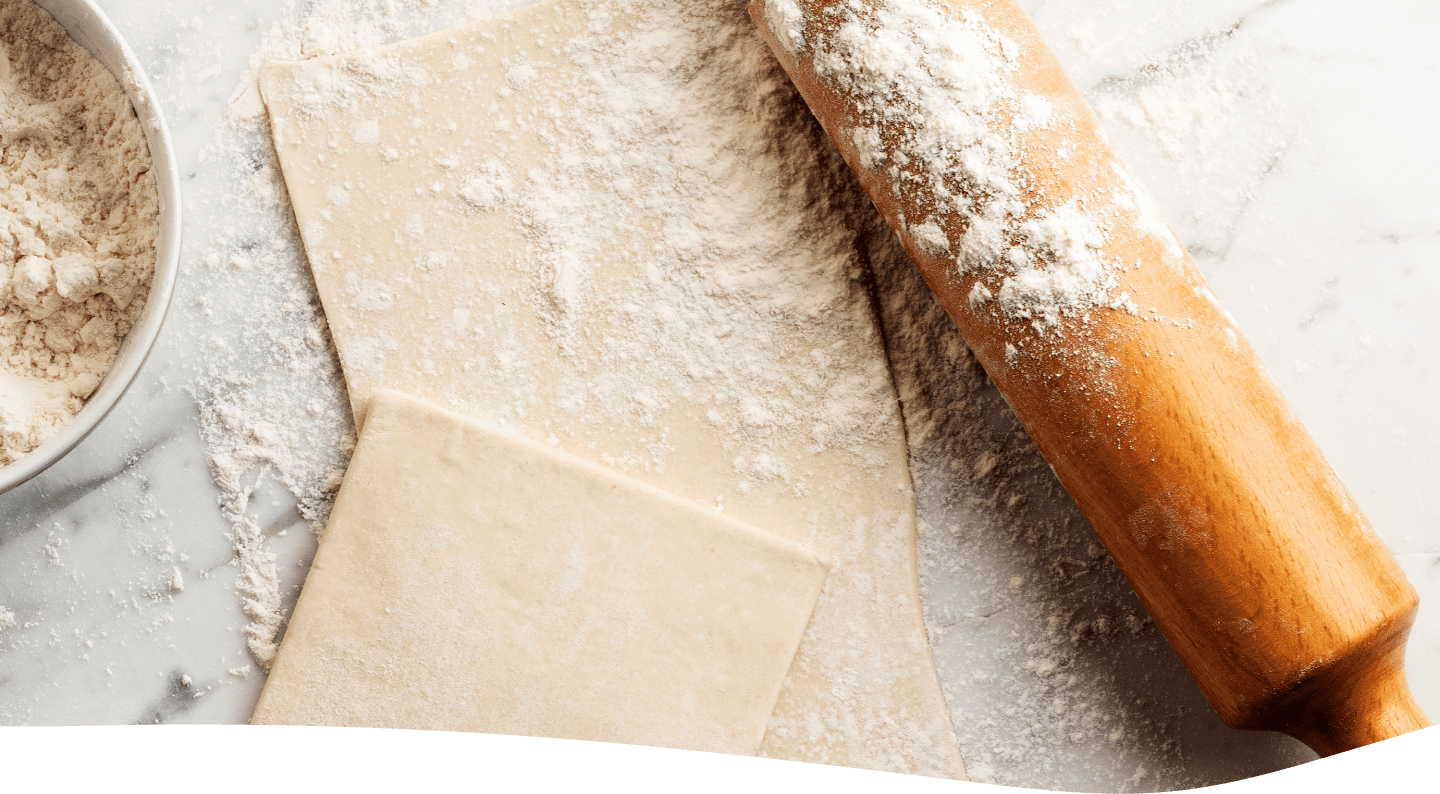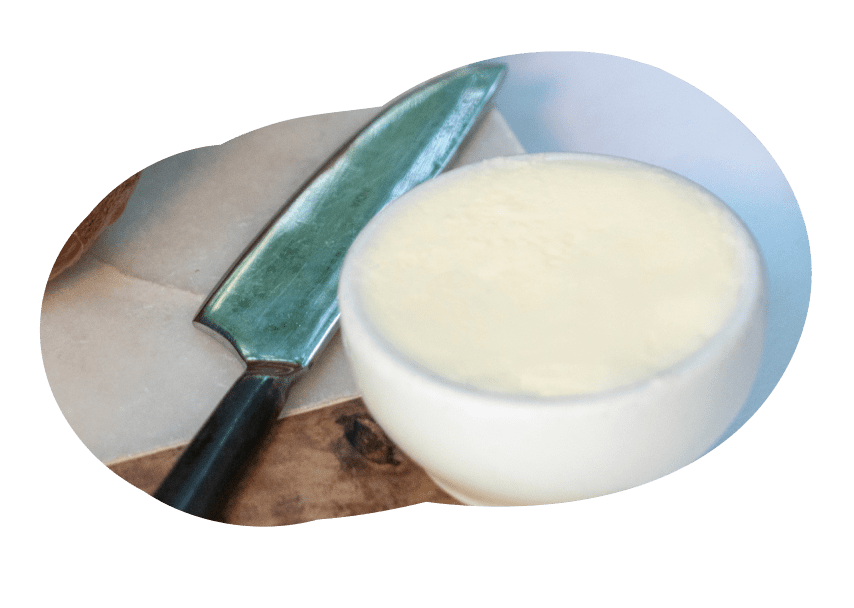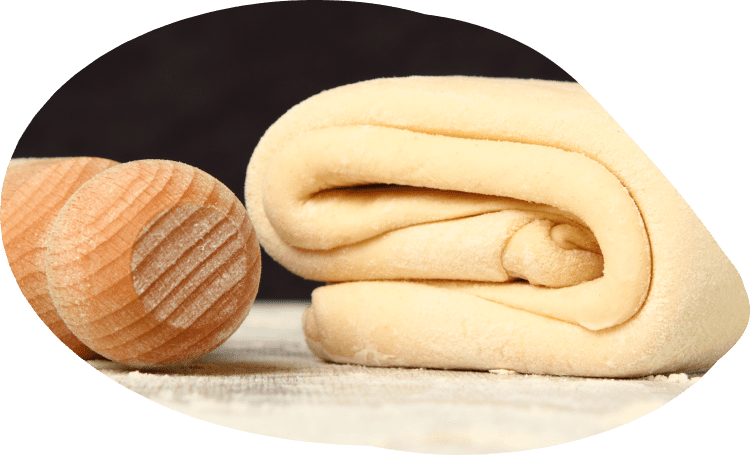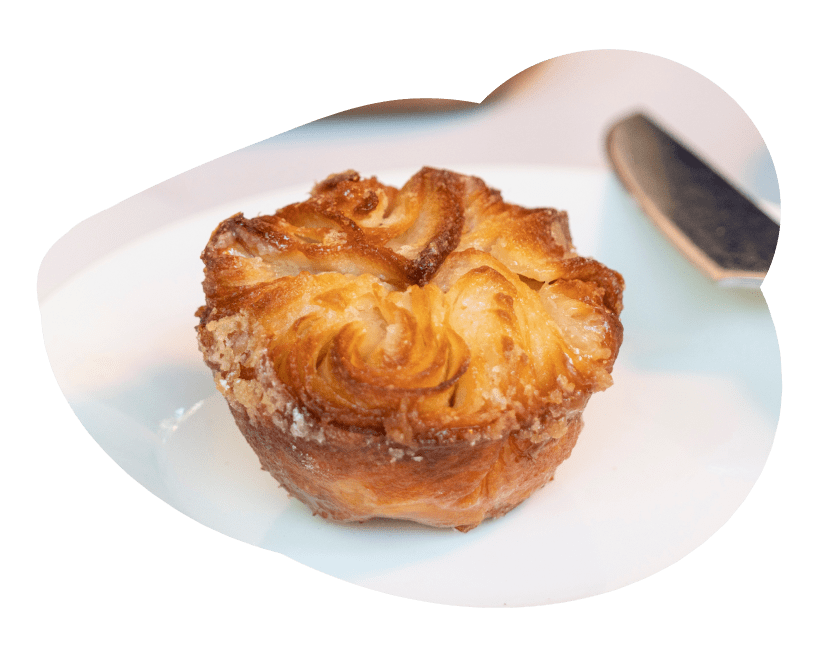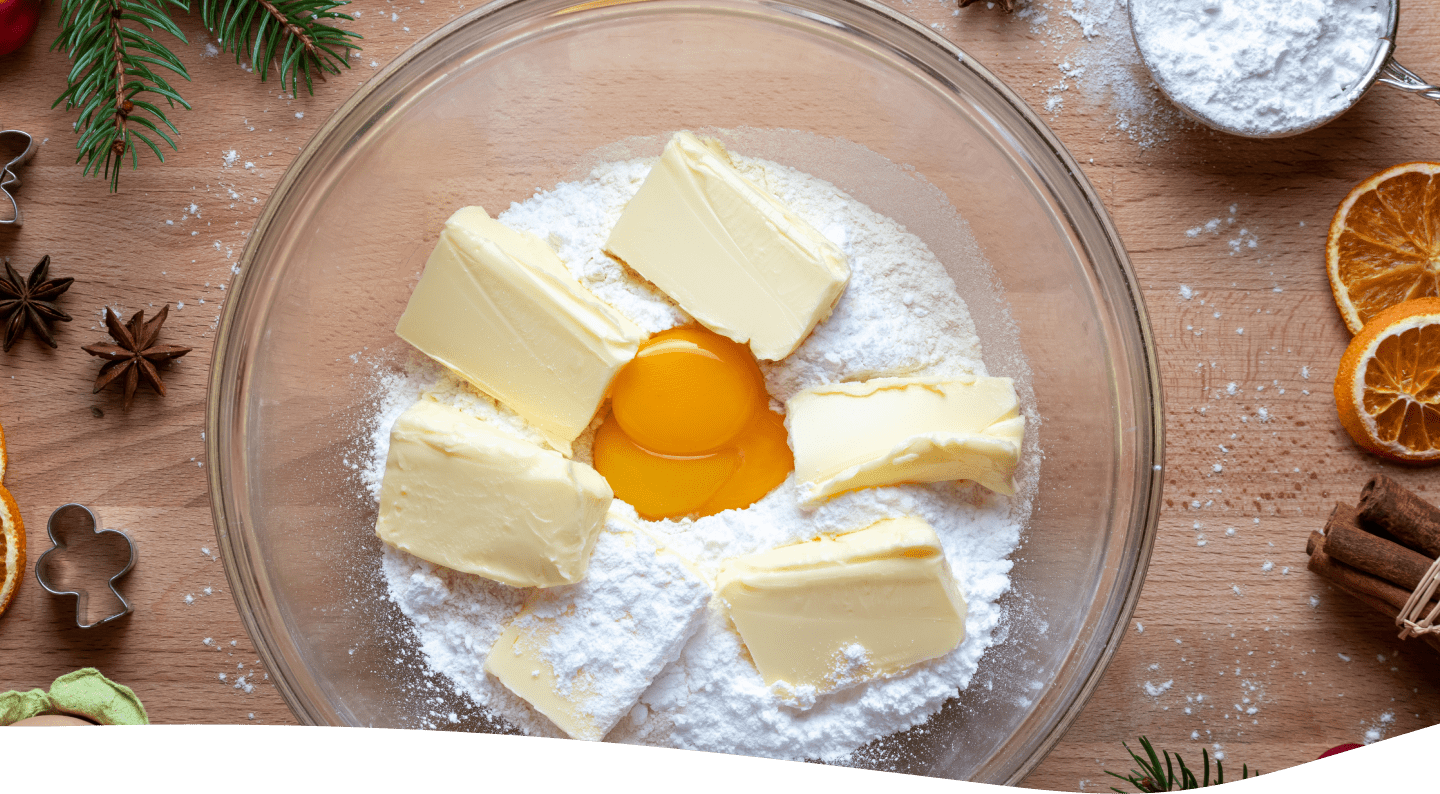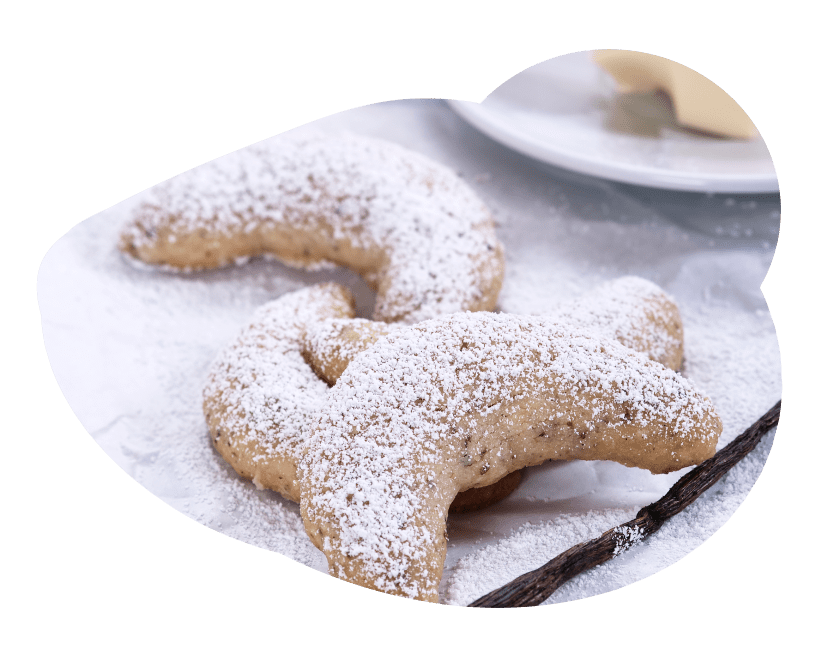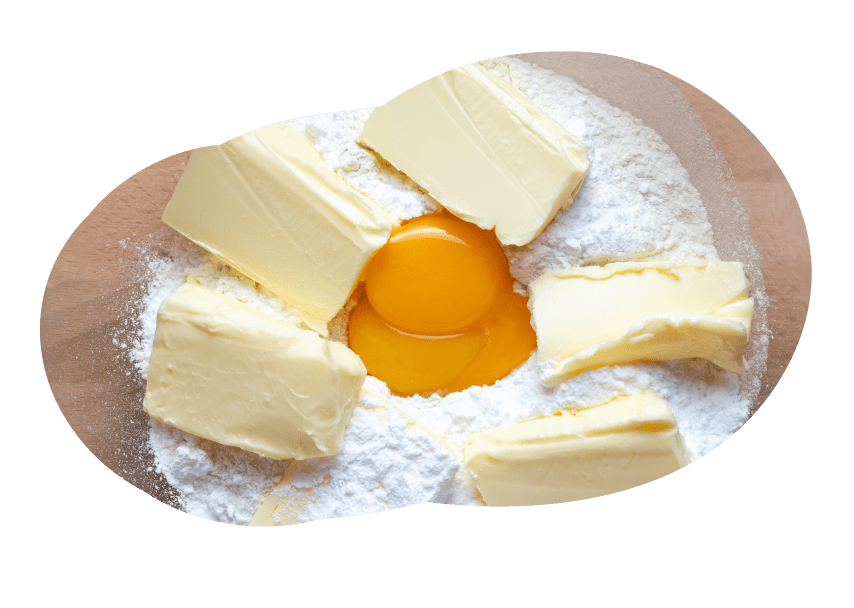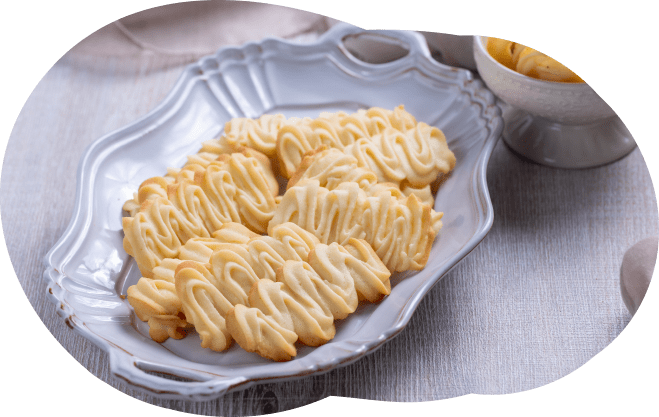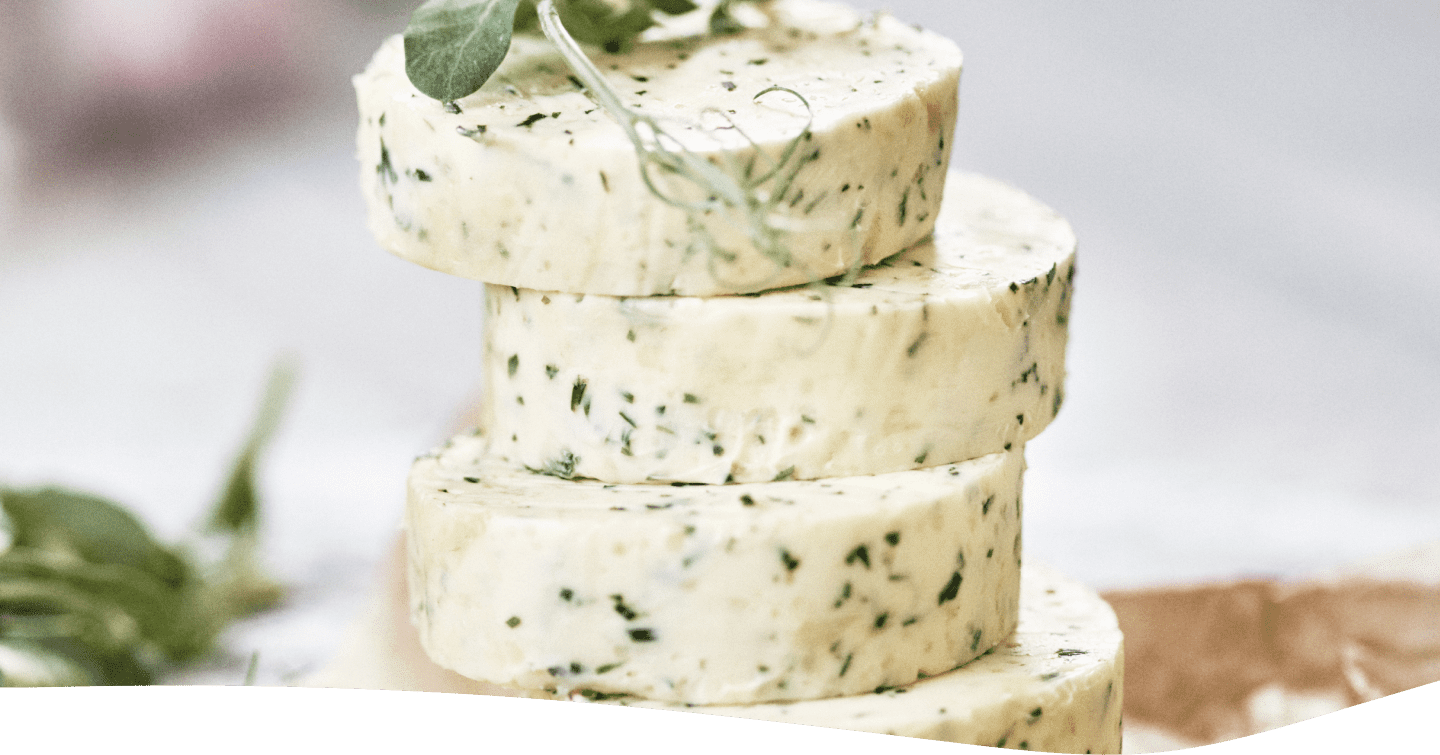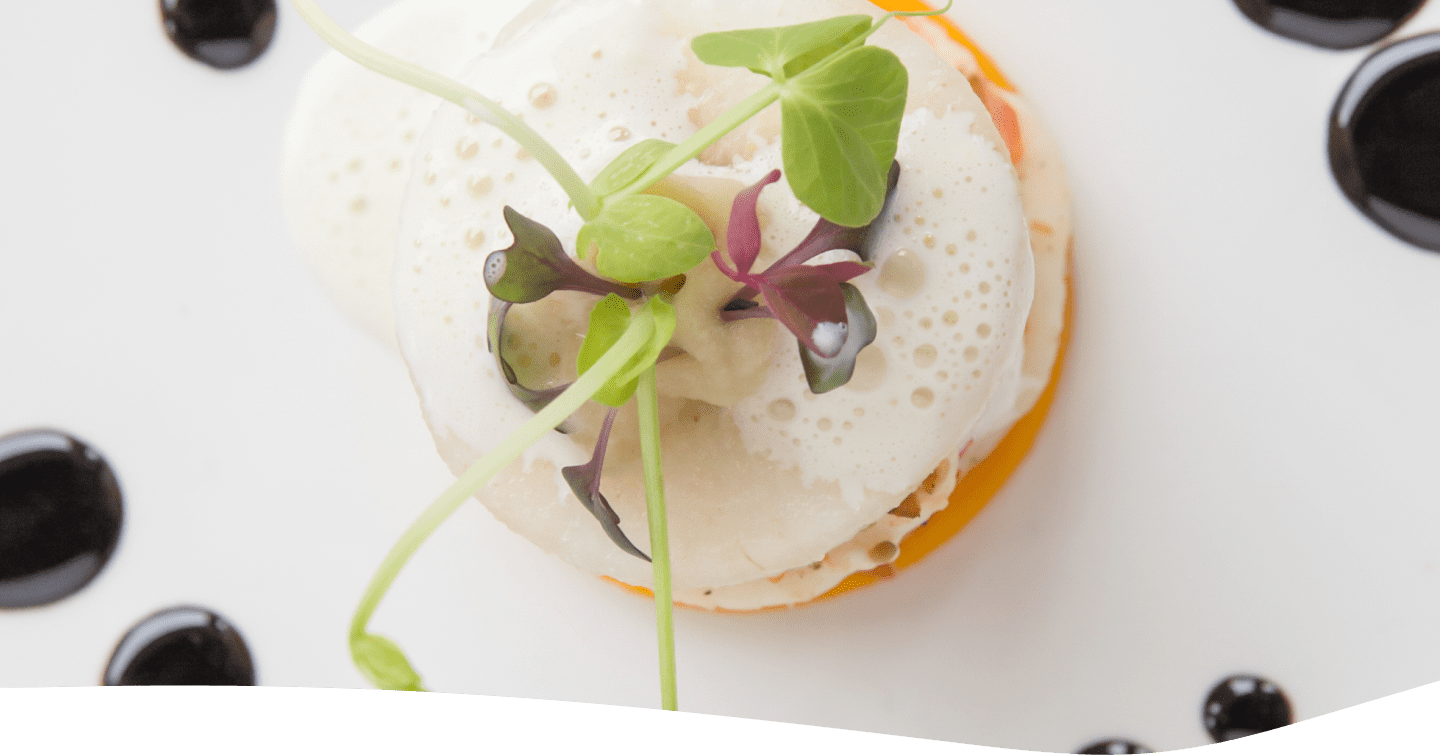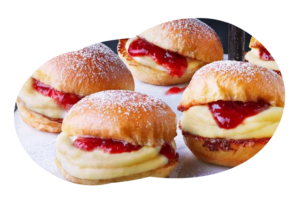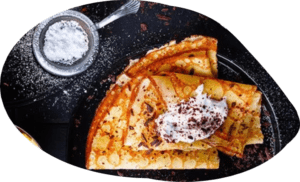on Groceries & Avoid Waste with One Simple European Ingredient
French Butters make inflation busting positively delicious.
With food prices continuing to rise, it’s more important than ever to avoid throwing out leftovers and wasting food. At home consumers can save money and still enjoy delicious meals, by looking no further than the humble tartine. By using European Butter from France, they can transform leftovers into the most delicious and money-saving snack or meal. According to Charles Duque, Managing Director, Americas for the French Dairy Board, “The richness of French butter is what elevates the beloved sandwich, the tartine.”
| A tartine is a French-style open-faced sandwich made with bread, slathered with butter, and loaded with various toppings. It’s a great way to use up whatever is in the fridge or turn leftovers into a gourmet meal and is incredibly easy to make. With a little creativity, budget conscious shoppers can create a variety of delicious tartines that are both pocketbook-friendly and delicious. Traditionally served as a snack, they can be topped with smoked salmon, sliced hardboiled, or scrambled eggs for breakfast, with meats or vegetables for lunch or dinner. Another way to make a tartine is by creating this French breakfast radish butter terrine, and savor it on slices of a baguette. | 
French breakfast radish butter terrine |
Experts offer the following tips:
1. start with good bread – The key to a great tartine is good bread. In a New York Times story on tartines, cookbook author Dorie Greenspan shares, “Since it is the bread that gives the tartine its structure, it is best to choose one that can stand up to the weight of the topping. The two most commonly used breads are a baguette cut from stem to stern (the firmer bottom half makes a better tartine than the curved top) and a tight-grained country bread, preferably the larger center slices.” Toast it, to create a perfectly crisp canvas for creamy French butter and the toppings of your choice.
2. Get creative with spreads – Good butter is what takes your tartine to the next level. Use butter from France, salted or unsalted, or made into a flavored compound butter (you’ll find recipes at Taste Europe). Sheana Davis, explains in her upcoming book Buttermonger, “Because they’re fed a diet pure in grass and other ground plantings, the milk of the cows is a different, richer in color, which then results in gorgeous yellow hues in butter. That’s another reason why chefs love working with French butters.”
3. Experiment with toppings – Anything goes when it comes to tartine toppings. Leftover roasted vegetables, grilled meats, cheese, and even fruit can all be used to create a delicious tartine. Traditional French tartines include butter and shaved chocolate, ham, and butter or even just butter and jam. Let your imagination be your guide!
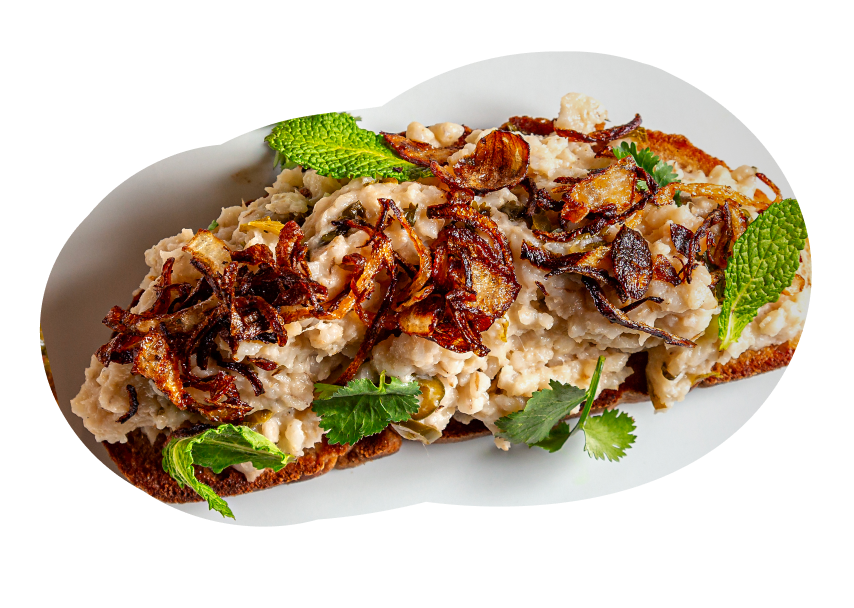
A traditional French tartine made with butter and jam
Using leftovers to make tartines not only saves money on groceries but yields delicious, gourmet snacks and meals. Head to TasteEurope.com for an exclusive 3-step recipe for Tartine with French Herb Butter & Fresh Radishes and more recipe inspiration including a delightful selection of compound butters.



